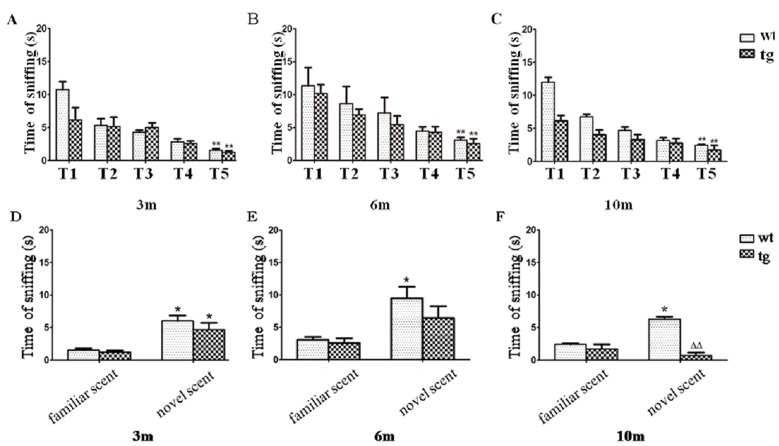Fig 4. Odor habituation and discrimination on a non-social scent.
A, B and C: As trials progressed, all mice spent gradually reduced time on contacting with a non-social odor. 3 m old: wt n = 3, tg n = 3; 6 m old: wt n = 4, tg n = 4; 10 m old: wt n = 3, tg n = 4. ** p<0.01, trial-5 (T5) vs trial-1 (T1). No significant difference of contacting time in trial-5 was present between wt and tg mice. D, E and F: At 3 m old, both wt and tg mice spent more time on a novel scent (trial-6) than the familiar scent (trial-5). However, at 6 m and 10 m old, tg mice did not sniff the novel scent (trial-6) more than the familiar scent (trial-5). * p< 0.05, time on novel scent vs familiar scent. ΔΔ p< 0.01, tg vs wt on novel scent. The quantitative data were expressed as mean±SEM and analyzed by two-way ANOVA.

